Last week, we took a look at the Asus ROG Astral GeForce RTX 5080 OC Edition. It has a powerful cooler, but by default, the fan control pushes speeds high, and card is anything but quiet. So, I also measured how the card’s behavior changes when lowering fan speeds, how different power limit settings affect performance, and what the OC scanner does to the clock speed/voltage curve and how that impacts performance. Read more “Tweaking Asus ROG Astral RTX 5080: Cut the Noise and Power Draw”
Tag: cooling
Some GeForce RTX 5090 fight melty connectors with thermal pads
Since GeForce RTX 4000, Nvidia graphics cards (fortunately just the highest models) have been facing issues with overheating and melting 12+4-pin power connectors. Newer models use the 12V-2×6 connector, which is designed to avoid improper attaching, and we recently discussed additional measures from Zotac. It seems that some of the freshly released graphics cards use another protective measure, addressing the root thermal issue. Read more “Some GeForce RTX 5090 fight melty connectors with thermal pads”
Intel axes basic stock cooler bundled with cheapest processors
Perhaps it says something about the state of the desktop PC market: a few years ago, AMD invested in improved stock coolers for the first Ryzen processors, and then Intel did something similar for Alder Lake processors on the LGA 1700 platform. It didn’t last long though, both have since abandoned further improvements and people buying an aftermarket cooler is pretty much assumed. Now, Intel is even killing off its cheapest box cooler. Read more “Intel axes basic stock cooler bundled with cheapest processors”
PC Cooling Guide: Heating Up Ryzen 9 7950X in Cinebench
Today, we’ll focus on what happens inside a case when a CPU is under heavy load. We’ll run a Cinebench 2024 rendering on a Ryzen R9 7950X cooled by a Noctua NH-D15 G2 air cooler with AM5 offset mounting bars and see how it affects the temperatures and how all the values change with different settings of the system fans’ performance across their entire operating speed range. Read more “PC Cooling Guide: Heating Up Ryzen 9 7950X in Cinebench”
PC Cooling Guide: Experimenting with Fractal Design Meshify 2
While building a PC, most people are satisfied when the computer works, performs as expected and remains reasonably quiet. Unless you’re one of those who care more about the journey than the destination, you probably haven’t spent much time tinkering with system cooling. That’s where we come in. We’ll test what makes sense to address and what doesn’t, and how it impacts computer’s performance and behavior. Read more “PC Cooling Guide: Experimenting with Fractal Design Meshify 2”
LGA 1851: On CPU bending, RL-ILM and contact frames support
The just launched Arrow Lake processors do bring a new platform and the LGA 1851 socket, but that doesn’t mean incompatibility with coolers. Although Arrow Lake has more contacts, the processor size and mounting holes have remained the same, so all the coolers compatible with the LGA 1700 socket will keep working. However, there is one thing Arrow Lake is not compatible with – aftermarket socket mods used to prevent CPU bending. Read more “LGA 1851: On CPU bending, RL-ILM and contact frames support”
Intel discontinues Cryo Cooling Technology, ends the app updates
Three years ago, when Comet Lake processors came out – the very last of several Skylake architecture refreshes produced in the troubled 14nm era – Intel tried to boost it with cryogenic cooling technology, or rather cooling with an auxiliary thermoelectric element that lowered the temperature of the “coldplate”, cooling the processor below the ambient temperature. This technology is now yet another activity that Intel has cut back on. Read more “Intel discontinues Cryo Cooling Technology, ends the app updates”
Alphacool has steel blackplates. Higher pressure, higher durability
Finally, someone brings up the topic of metal backplates for liquid AIO coolers. There is an ingrained belief among manufacturers that plastic backplates are sufficient for liquid coolers. They are not enough though, for a number of reasons. It is therefore good news that Alphacool is releasing steel backplates as optional accessories for multiple coolers. And if you own any of the supported coolers, you can request one – free of charge. Read more “Alphacool has steel blackplates. Higher pressure, higher durability”
Akasa metal filter beat the “plastics” in tests by a good chunk
We have tested a dust filter that combines the best features of plastic and nylon filters. It has high mechanical resistance, is easy to clean and yet also has low restrictiveness, so it does not significantly change the sound of the fan and does not increase its noise level. Compared to plastic filters, it does not even “hiss”. This addition thus extends the database of results with the latest type of dust filter, one with a metal grille. Read more “Akasa metal filter beat the “plastics” in tests by a good chunk”
We tried a DIY silon dust filter instead of traditional nylon. Result?
Socks, stockings or tights made of silon also attract uses other than on our legs. Enthusiasts can use the material to make, for example, a dust filter for a PC fan. It’s effectiveness then depends on the thickness of the silon fibre. However, tests show that whatever type you use, it is a rather unsuitable solution. And it’s also difficult for robbers who don’t worry too much about the mask and just need a visit to the drugstore before the job. Read more “We tried a DIY silon dust filter instead of traditional nylon. Result?”
The Akasa GRM120-30 foam filter works better than it seems
After analyzing the nylon and plastic dust filter, we now add a test of the “foam” dust filter. The latter has a slightly more complex construction. It consists of several parts and is kind of like a jigsaw puzzle, the elements of which even improve the aerodynamics in some ways. We go through everything in detail, and although we approached this type of filter with a bit of a bias, it comes out in a good light in the end. Is a foam dust filter better than a nylon one? Read more “The Akasa GRM120-30 foam filter works better than it seems”
Analysis: a hexagonal grille is no match for a circular one, in any way
Why do cases and PSUs almost always have impractical cut-outs in the grille in front of fans for air passage? Whether this is due to indifference to an all-round honest product or ignorance of how inefficient a solution it is, remains a mystery. But we have devised a comparative test which refers to drawbacks of the hexagonal grille. Compared to the non-restrictive circular ones made of wires, the differences are significant. Read more “Analysis: a hexagonal grille is no match for a circular one, in any way”
Test: Nylon vs. plastic dust filter. Which restricts fans less?
The vast majority of computers use two types of dust filters – a fine nylon one and a coarser plastic one. The fact that the plastic filter lets more through and is less efficient in this respect is already apparent from the eye, as it has a coarser mesh. But do you know which one degrades the performance of the fan more and by how much? One even “wheezes”, which is nicely indicated by a detailed noise analysis at 240 sound frequencies. Read more “Test: Nylon vs. plastic dust filter. Which restricts fans less?”
Complete analysis of the final wind tunnel for fan testing
The introduction to this article has been rewritten several times. The original versions resorted to describing the adverse events that caused the long-announced fan testing to be so dramatically delayed. But the text was always dreadfully boring… the important thing is that everything managed to make it to the start. But before the starting gun, come take a thorough walk around the track where the measurements will take place. Read more “Complete analysis of the final wind tunnel for fan testing”
What’s the best position for your M.2 SSD?
Graphics card can significantly contribute to cooling of SSD that are installed next to it. However, there’s a very thin line between helping and limiting. Let’s see when your graphics card can be a saviour for your SSD and when it’s an oppressor. As a bonus, we compared the cooling performance with and without the criticised MSI M.2 shield. Read more “What’s the best position for your M.2 SSD?”





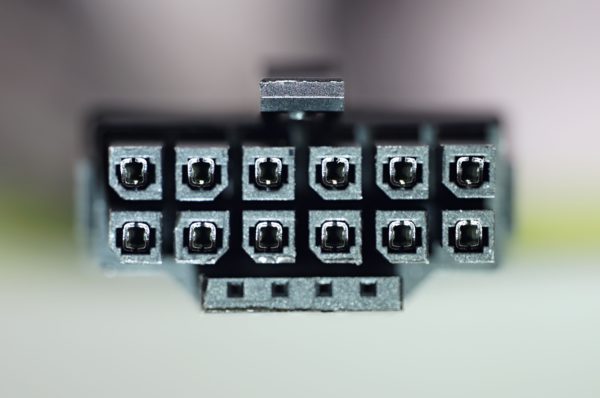
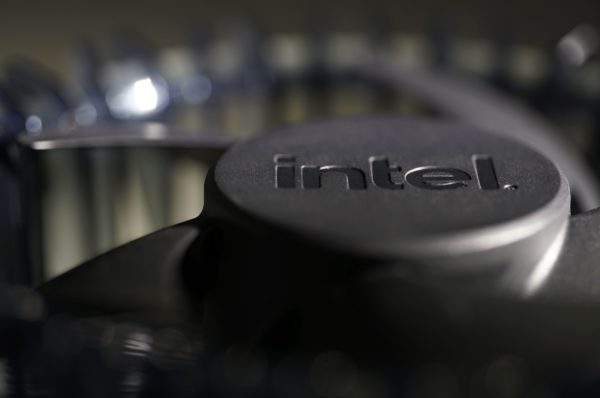



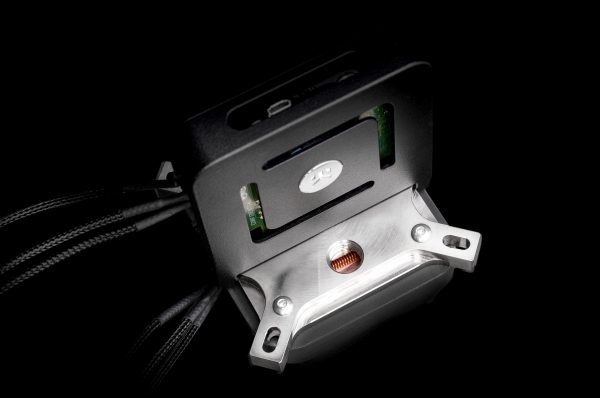
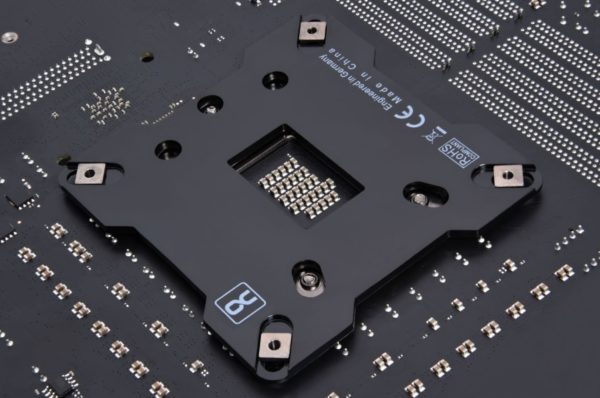
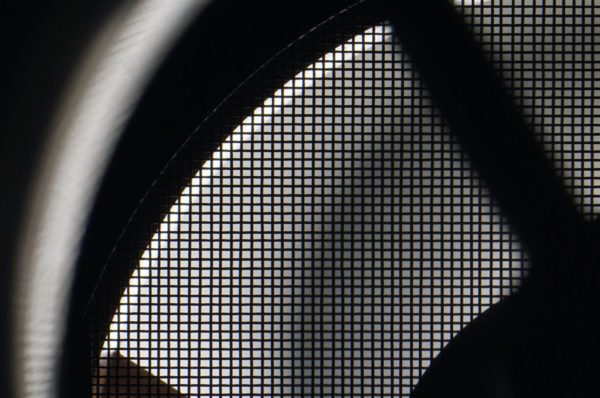

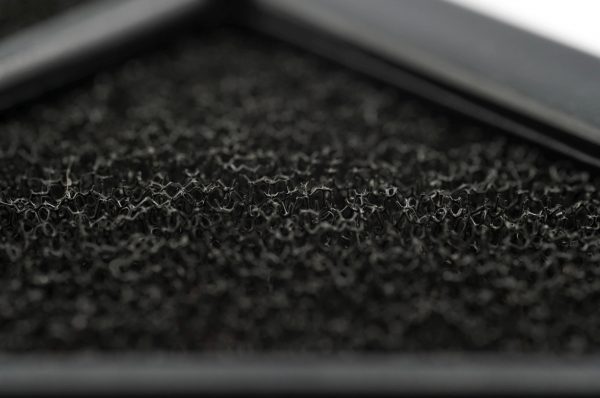
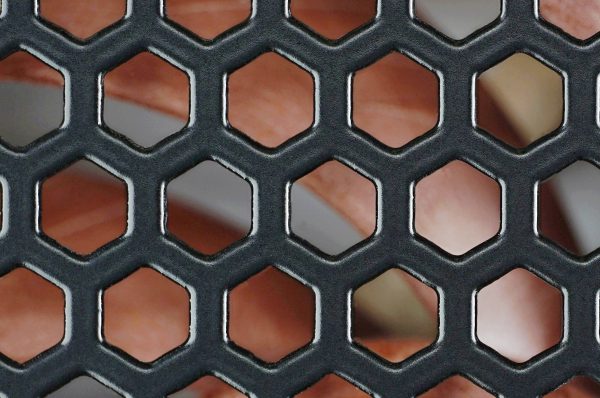
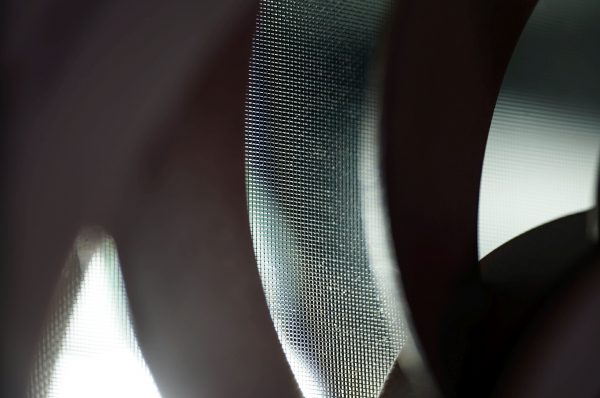
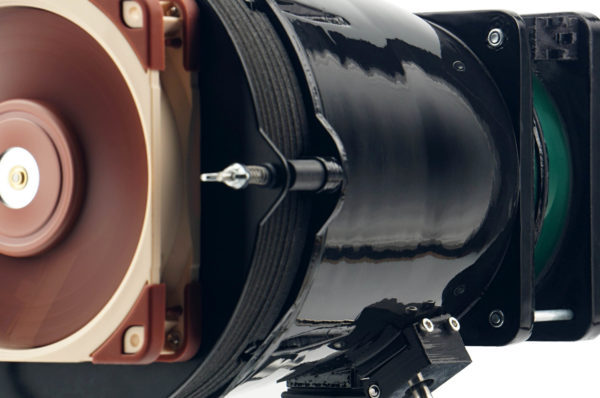
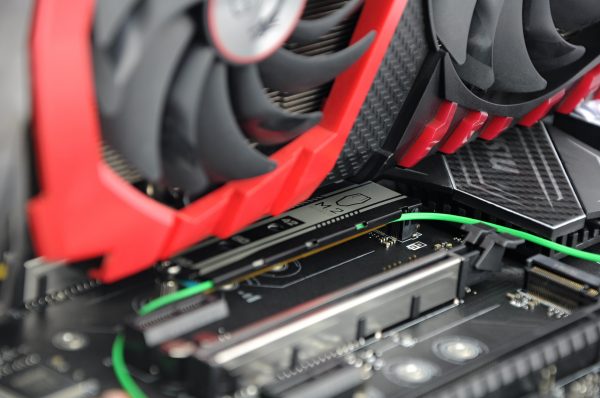


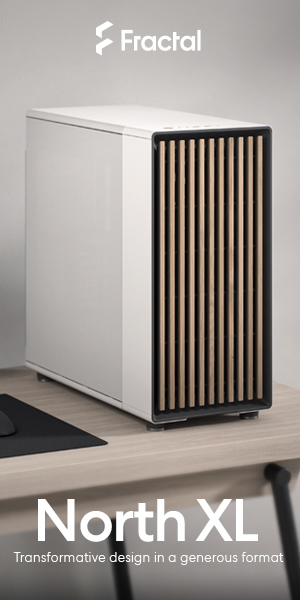
Latest comments